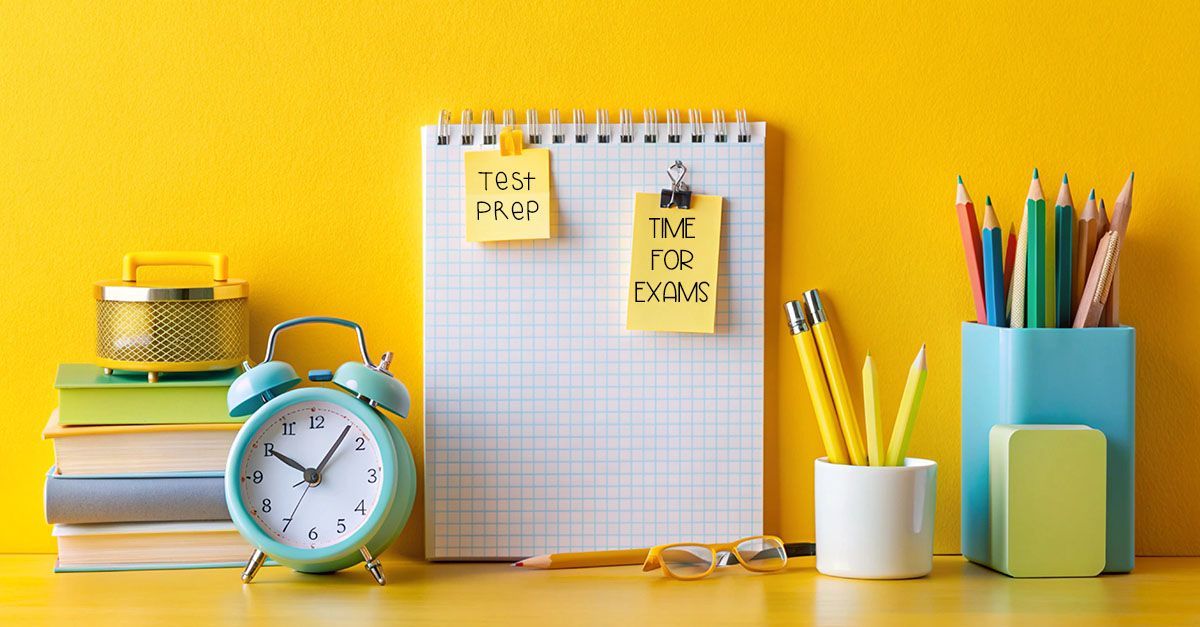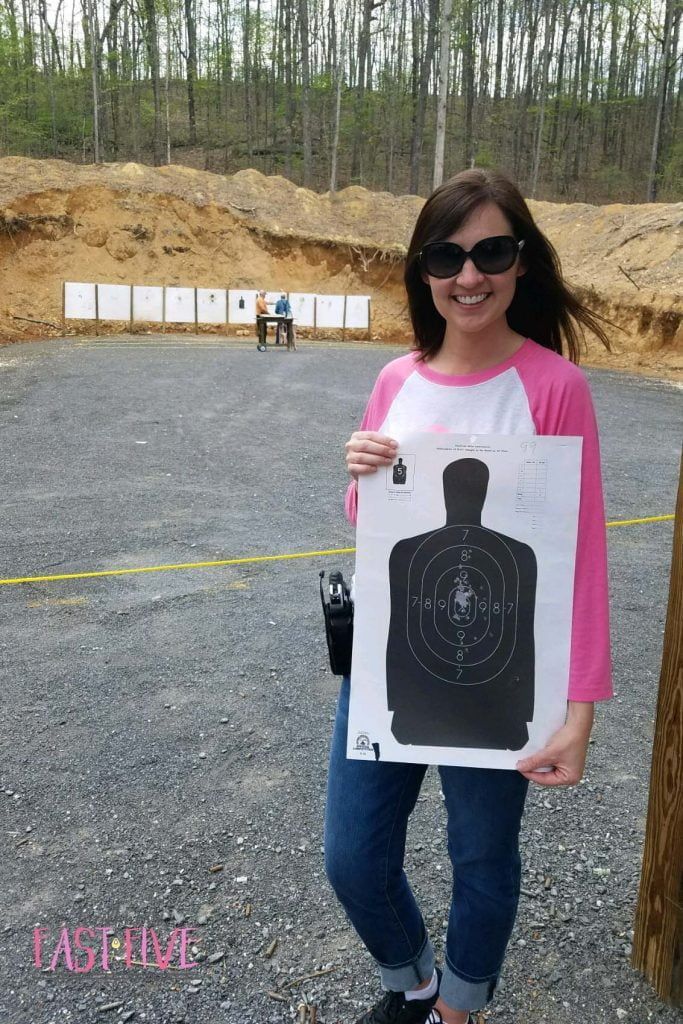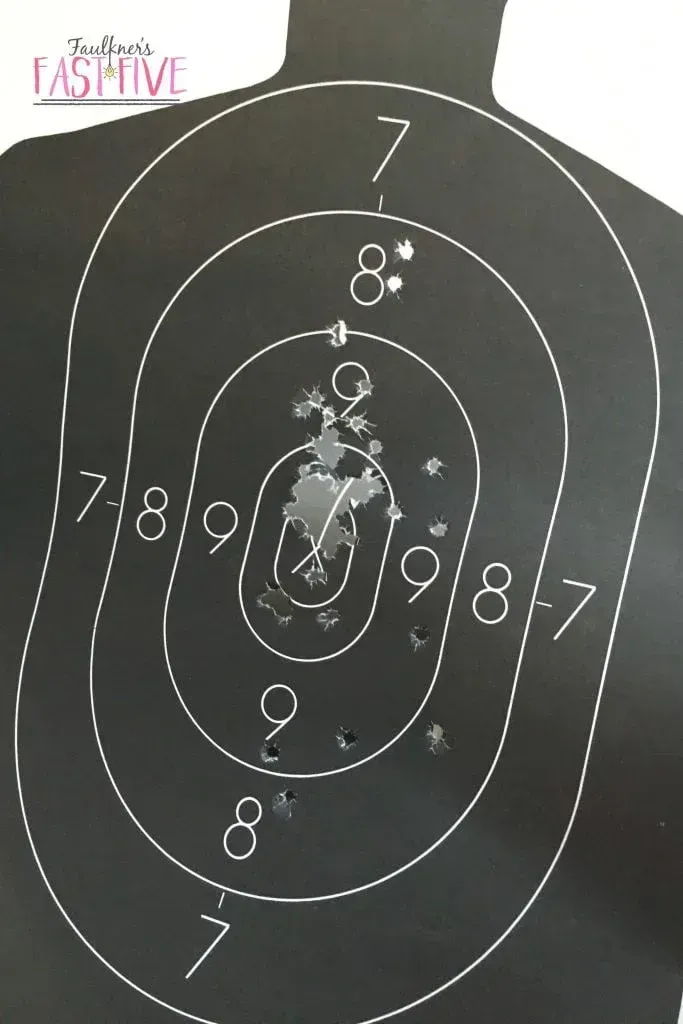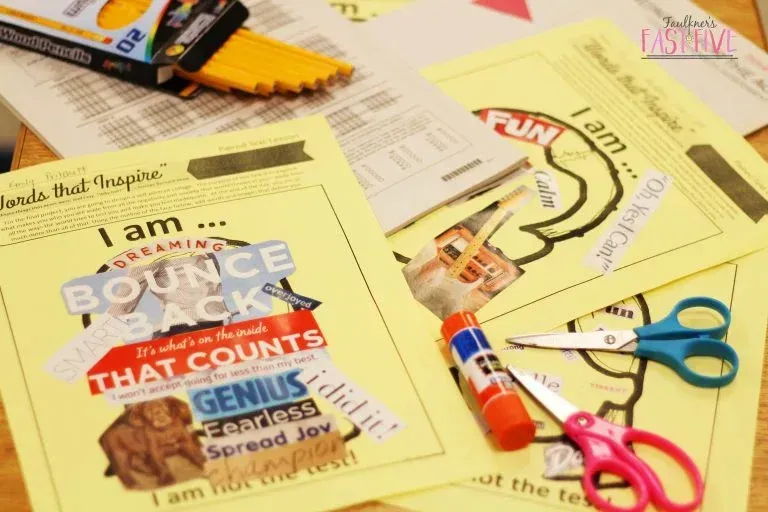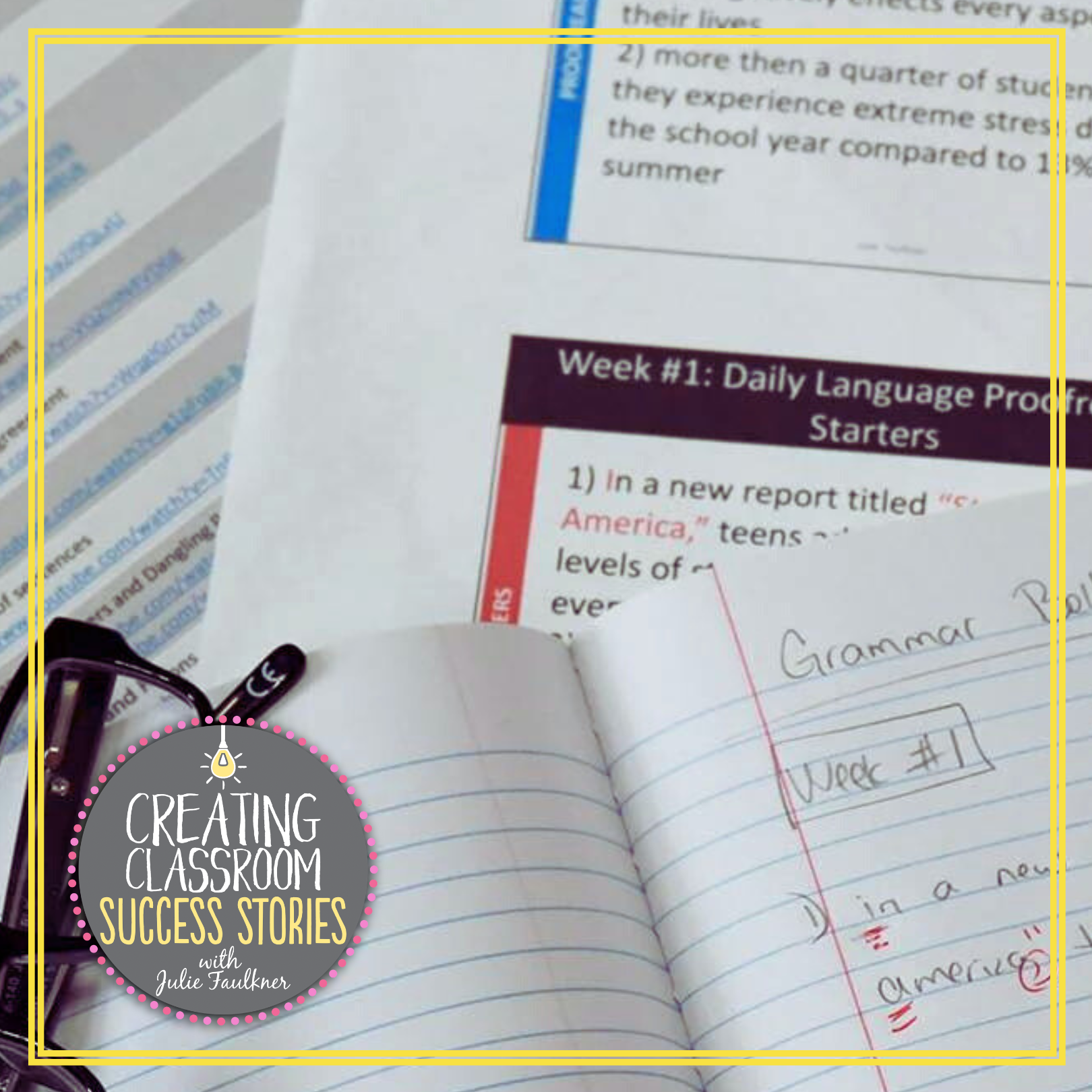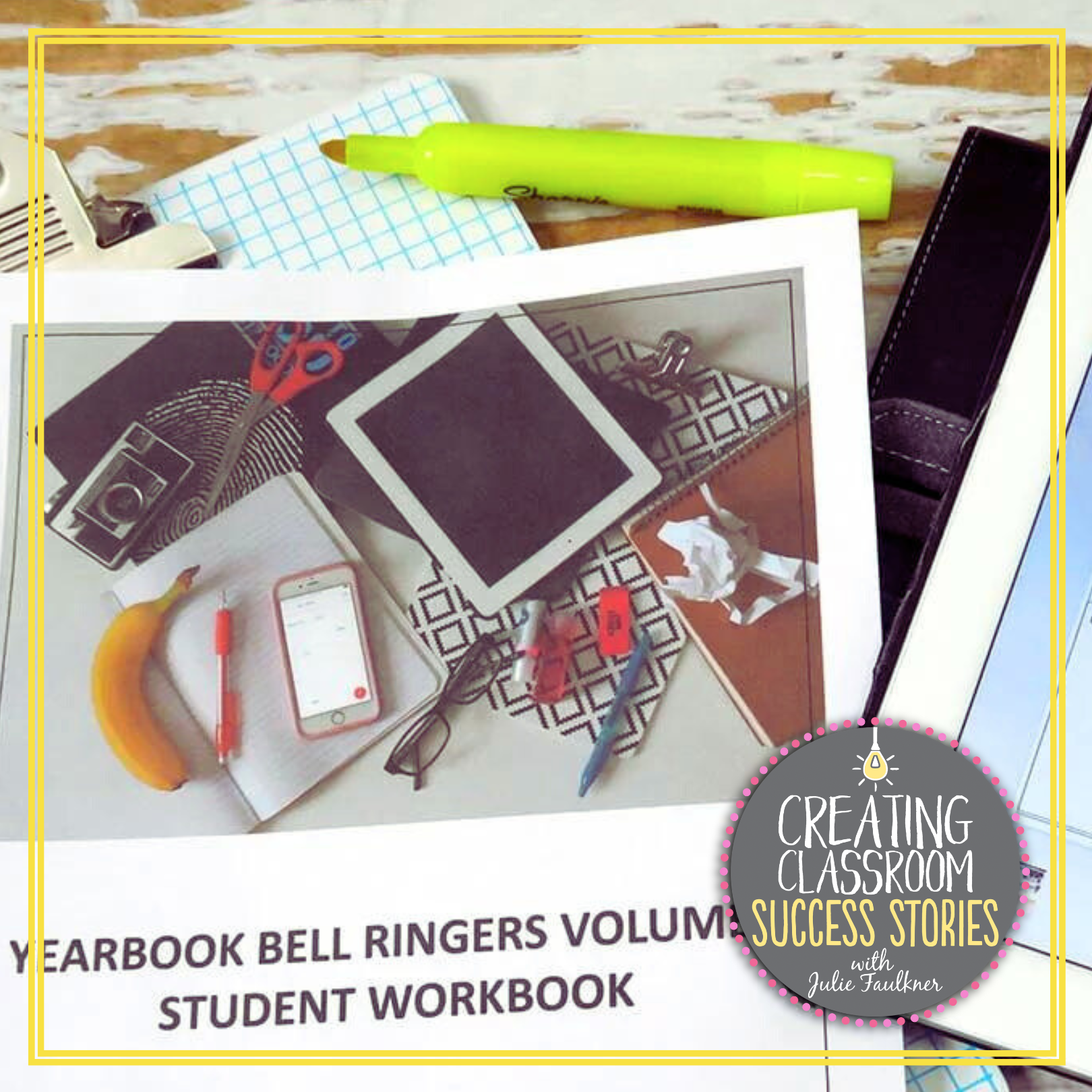What I Learned About Test Prep
from My Handgun Permit Class
Last week I took a handgun safety/permit class. My husband had accidentally let his permit expire, so we decided to take the class together this time around. I wasn’t super sure it was something I wanted to do, but I accepted the challenge. While I was taking the class, it dawned on me that I really hadn’t been a student in a really, really long time, so I’m glad that I had this opportunity. As a result, after the second day of class, which was the performance test, my head was swimming with ideas for this blog post – super fitting for this test-prep-time-of-year. Thus, I’m writing this blog post from the point of view of a student, but I’m going to throw in a few teacher take-aways regarding test prep strategies and ideology along the way.
TEST-PREP PRACTICE
Prior to the class, my husband prepped me at home with the firearm. We practiced what I needed to know for the performance part of the test because that was the hardest part. He set up a target in the backyard and gave me a quick tutorial on what I needed to know about loading the gun and shooting at the target. The whole time we were shooting the wind was blowing, and the teeny, tiny target he set on the ground fifteen yards away kept moving. Honestly, it wasn’t doing much for my confidence level. He assured me I would be fine, and we wrapped up the practice session. It wouldn’t be until the performance piece of the test that I would realize the value of the level of “hardness” of that practice session. The instructors of the class also provided a run-through of the performance segment of the test, too, and in that exercise, we learned that we would be shooting a target much closer than what my husband and I had practiced at home, which was actually good news. And when we got to the range, we saw the targets were posted high and steadily on a board.
- Teacher Take-away #1) Once at the range, I felt really prepared for the actual test because I had practiced with someone who knew the test. My husband had already taken it once, so he had an idea of what would be expected. It’s really hard to prepare for something unfamiliar or unknown. That gave me confidence in him as my tutor, and it allowed him to teach me what I needed to know to be successful. Anytime I can go to training for assessments that my state offers, I do because knowing what’s expected is half the battle.
- Teacher Take-away #2) We practiced at home with circumstances that were way harder than the actual test, and I think that was critical. If I had practiced with something too easy – which it isn’t in my husband’s nature to let me off the hook anyway – then it would have been very likely that I would have struggled with the actual test. It helped tremendously that my practice session was set up harder than the real thing. I don’t test my students in class with the easiest prompts or questions. In fact, I go overboard sometimes with the difficulty level, so I can truly push them. Then, when test day comes, they are relieved at how prepared they were.
- The left picture below shows what my husband had set up for me at home…. and it was so windy that day, so the little yard sign with the little orange dot was waving in the wind. The right picture shows the targets at the range, and you can see the other people back there setting up. Look how closely they are standing and large the targets are!! LOL!
VOCABULARY FOR TEST PREP
During the lecture segment of the course, one of the main components the instructors focused on was vocabulary. As a student, this was really important for me because I didn’t really know all the terminology I needed. It may be odd to consider that I would even need vocabulary words to be able to handle and shoot a gun properly, but it really is key. For example, during the performance test, the instructor told us to load our magazines and hold them up. In my domain, a magazine is something you read. In this very different domain, a magazine is what holds the ammo. Without an understanding of the vocabulary for this domain, I wouldn’t have known what to do. The vocabulary also showed up throughout the standardized test, as well, and it either helped me choose the right answer or eliminate the wrong ones.
- Teacher Take-away: I had to know the terms in context in order to understand what I was expected to do on the multiple-choice test and at the range. On some of the questions, I had to use the process of elimination with the answer choices based on the vocabulary. I am also thankful we covered key terms because many of them were used in the questions. The same is true for state standardized tests; without an understanding of crucial vocabulary, students may not even be able to read and understand the questions. And it’s really important to learn the words in context. I rarely give my students just lists of words to memorize; we take words from the texts we read and do a lot of work with context clues. I use this list of vocabulary words for my high school English class.
SCENARIOS IN TEST PREP
For someone who hasn’t been in a situation to use a handgun or need one (and hope I never am), it would have been really hard to work through some of the questions on the test since all this was pretty foreign to me. A key component of the course, along with the vocabulary and hands-on demonstrations, was the use of scenarios. They not only gave scenarios for when to use a firearm but also when not to use a firearm. For me, it helped me not to just memorize the information, but I was truly able to internalize it, and I still remember those scenarios/stories days after the test.
Teacher Take-away: Brain research says that teaching strategies such as role-playing and storytelling are effective because we remember what we are involved in, and the brain remembers stories because they are connected together with a beginning, middle, and end. When I give examples and demonstrations to my students as well, I try to bring in examples and non-examples to show the actual target.
THE RIGHT TOOLS FOR TEST PREP
During practice at home, we used a semi-automatic. I wore protective eye and ear gear. I practiced my stance and how to hold my hands. I loaded the gun myself. When we got to the class, some people shared they had practiced with revolvers, and some shared they hadn’t previously practiced at all. The latter wasn’t really as big of an issue as the first. The instructors wanted everyone to qualify with a semi-automatic because they can shoot more rounds, and it was faster since we had so many people in the class. So, the people who had practiced with a revolver prior or who had already been shooting and developed bad habits struggled quite a bit during the exam.
- Teacher Take-away: When we do practice for testing (because that really is a thing that must happen), we must do so with circumstances as similar to the real thing as possible. When my students take a practice writing exam, I run copies of the lined paper they will actually use. I set timers for the exact time limits. When we can, we even go test in the same rooms. The unknown and unfamiliar can be uncomfortable, and I want to eliminate as many curve balls as possible.
ENCOURAGEMENT
My instructors and husband were so encouraging and uplifting the entire time. They weren’t worried about failure, but rather so confident of success. I needed that because I just wasn’t so sure of myself. I tend to fear failure, and I can let it get the best of me – to the point I shut down and won’t keep trying. Thankfully, their positivity and confidence helped me do my best.
- Teacher Take-away: I am very guilty of pushing too much – review, practice, review, practice, review, and so on. I don’t mean it to seem this way, but I think that can convey the message that I don’t have confidence in what students already know. So, this year I packed up my intimidating, draining test review materials and made a conscious effort to use games and positive projects to keep my students’ self-esteem built up. And words. Just the power of positive words. Take a look at this lesson that I created earlier in the week with some words to inspire.
Going into the class, I knew there would be a standardized test and a performance test. So, I had to concentrate and focus, even if it was at the end of a long day and even if it was going to be a lot of new material that I had to learn quickly. Honestly, I was nervous; in fact, a wave of anxiety hit me when the instructors were handing out the test. I thought, “This is exactly what my students must feel like.” I hadn’t been in this scenario in YEARS. I am really glad that I had this opportunity if for nothing else than that reason alone.
Sometimes we forget to put ourselves in our students’ shoes -for any scenario- and that paradigm shift was just what I needed to help me help my students through this testing season.
Love this content?
Sign up for my email newsletter with more tips, ideas, success stories, and freebies!


